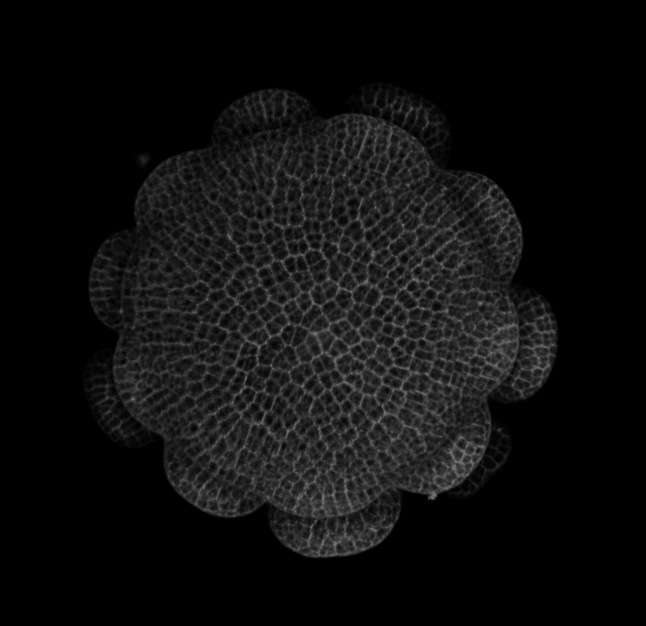Plants possess the ability to generate new leaves continuously throughout their entire lifespan due to the persistent activity of stem cells in vegetative meristems. During the reproductive phase, the floral meristem (FM) gives rise to all of the floral organ primordia in sequential whorls or spirals, which will further develop into mature organs that compose the flower. Distinct from the vegetative meristem, however, the stem cell activity of the FM will be terminated at a specific time point during primordium initiation, since each flower only needs a finite number of floral organs. Floral meristem termination (FMT) is a well-regulated process that ensures the correct number of primordia are produced in a flower, and variation in the timing of FMT provides one of the most important sources of generating floral morphological diversity.
Surprisingly, how the timing of FMT is fine-tuned at a developmental and evolutionary level is still very poorly understood. Almost all of our knowledge of FM proliferation has been gained in the context of artificial selection (e.g. in agricultural crops), which emphasizes dramatic allelic effects; mutations in these candidate genes usually lead to a total cessation or massive over-proliferation of stem cell activity. Our understanding of the regulation of FM proliferation is hindered by the fact that all current established model systems (and their close relatives) invariably have only four whorls of floral organs, providing no ideal starting point to investigate the natural variation in the timing of FMT. Nonetheless, flowers with only four whorls of organs do not represent the floral morphological diversity we see in nature.
Under these circumstances, Aquilegia is a well-suited system for investigating FMT. Aquilegia species have both a high degree of sequence similarity and interfertility, and their flowers have identical numbers of all floral organs except for stamens. Therefore, variation in the timing of FMT can be well represented by the variation of stamen whorl numbers in Aquilegia flowers. We are currently using 1) living confocal imaging, 2) candidate gene approaches, 3) RNA-sequencing, and 4) QTL mapping to investigate how FMT is controlled at a molecular level in Aquilegia species.

